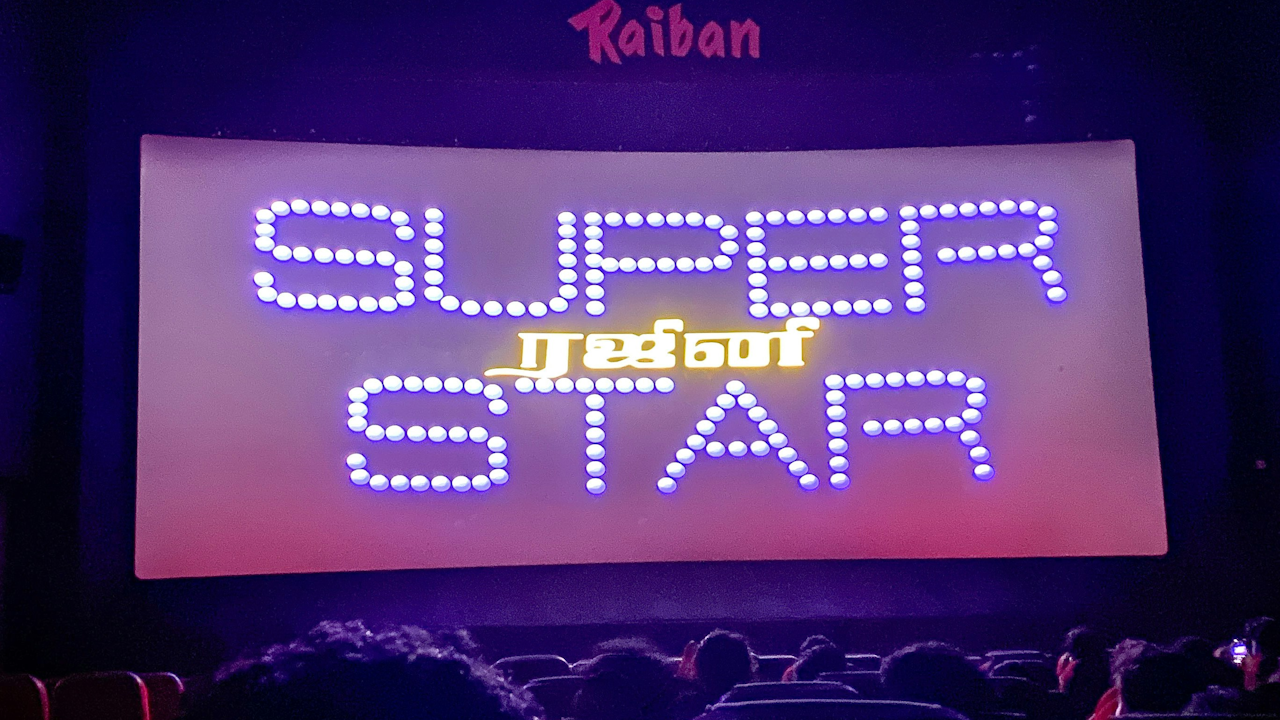The relationship between fans and filmmakers has evolved significantly in the digital age. What once was a one-way stream of content from creators to consumers has now become a dynamic feedback loop. With the rise of social media, fan forums, and instant online reactions, audiences have more power than ever to influence the direction of major film franchises. This growing influence has reached a point where fan culture is actively shaping the narratives, characters, and structures of movie plots.
At the heart of this shift is the accessibility of fan opinions. Platforms like Twitter, Reddit, YouTube, and TikTok provide fans with real-time ways to express what they love or hate about a film. These reactions are not just idle chatter; they often reach the eyes and ears of producers, directors, and studio executives. As a result, filmmakers are becoming more attuned to the desires and expectations of their audiences, adjusting their creative decisions accordingly.
One prominent example of this phenomenon is the Sonic the Hedgehog movie released in 2020. After the first trailer revealed a version of Sonic with realistic human-like features, fans expressed overwhelming disapproval online. Memes, tweets, and YouTube breakdowns flooded the internet, criticizing the character’s design. The backlash was so intense that the studio delayed the film’s release and completely redesigned the character to more closely match his classic video game appearance. The result was a far more successful film, both critically and commercially, proving that listening to fans could pay off.
The influence of fan culture isn’t limited to aesthetics. It also plays a key role in narrative direction. The rise of interconnected cinematic universes, such as the Marvel Cinematic Universe (MCU), is partially a response to fans’ desire for deeper, ongoing stories that connect across multiple films. Marvel has leaned into fan theories and character popularity to shape future projects. For example, characters like Loki and Wanda Maximoff gained more screen time and narrative depth due to strong fan engagement and enthusiasm, eventually leading to dedicated television series on Disney+.
Likewise, Zack Snyder’s Justice League illustrates the power of organized fan movements. After the original 2017 release was widely panned and diverged from Snyder’s original vision due to studio intervention, fans launched the #ReleaseTheSnyderCut campaign. This grassroots effort, supported by petitions, online trends, and even billboard ads, eventually convinced Warner Bros. to fund and release a four-hour version of the film. The success of this campaign marked a watershed moment where fans directly influenced not only the release of a film but also its entire structure and tone.
However, fan influence is not without its drawbacks. Catering too heavily to fan demands can lead to compromised storytelling and a lack of creative risk-taking. “Star Wars: The Rise of Skywalker” is often cited as an example. The film made several narrative decisions that appeared to be direct responses to backlash against its predecessor, “The Last Jedi.” As a result, many critics and fans found the film disjointed, overly cautious, and focused more on pleasing everyone than delivering a coherent story. This highlights the challenge filmmakers face in balancing fan service with artistic integrity.
The concept of fan service itself has become a contentious point. Easter eggs, callbacks, and character cameos can enrich a film when used thoughtfully, but they can also feel pandering if inserted purely to elicit cheers. Films like “Spider-Man: No Way Home” have walked this line carefully, incorporating beloved characters and references in ways that feel organic to the plot. In contrast, films that shoehorn in fan-favorite elements without justification risk undermining their own narratives.
Another important development is the increasing diversity in fan culture. Audiences today are more vocal about representation in film. Campaigns for more inclusive casting, better gender representation, and stories centered around marginalized communities have gained traction. Studios have taken notice. Marvel’s decision to produce films like “Black Panther” and “Shang-Chi and the Legend of the Ten Rings” was undoubtedly influenced by these discussions. These films not only succeeded at the box office but also resonated deeply with underrepresented viewers, showing the value of listening to a wide range of fan voices.
The power of fan culture has also given rise to the idea of “headcanon” and alternate interpretations. Some filmmakers now lean into ambiguity, allowing audiences to read multiple meanings into characters or plotlines. This interaction between audience imagination and creative intent can extend the life of a film beyond its release, keeping the conversation alive online and feeding future content decisions.
Yet, the growing role of fan culture raises questions about authorship. Who owns a story once it’s released into the world? Should filmmakers adhere to their original vision or adapt based on feedback? These are not new questions, but the speed and scale at which fans can now communicate their views has intensified the debate.
Fan culture is no longer a background element of filmmaking; it’s a driving force. From influencing character design and casting choices to rewriting entire plots, the voice of the audience is louder and more influential than ever. While this presents opportunities for deeper connection between creators and viewers, it also demands careful navigation to avoid sacrificing originality for popularity. The future of cinema may very well depend on how this delicate balance is maintained.

